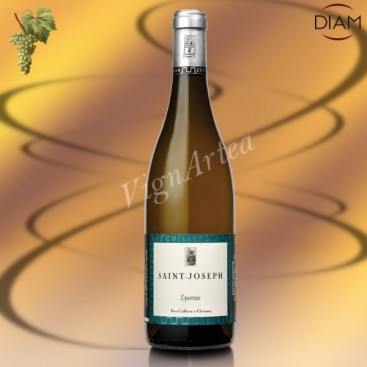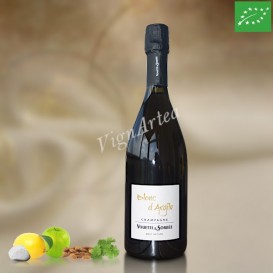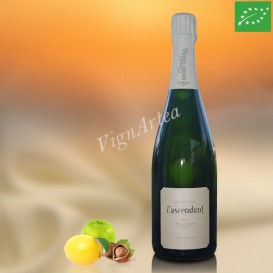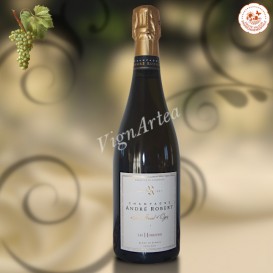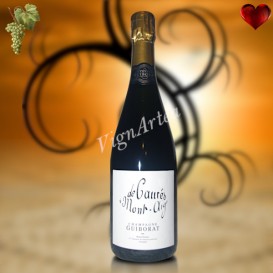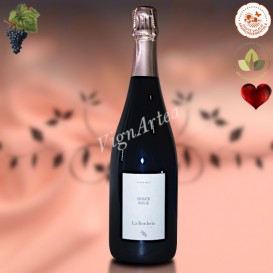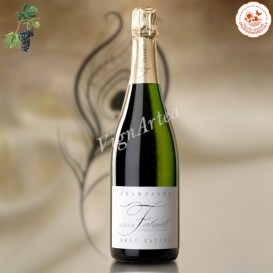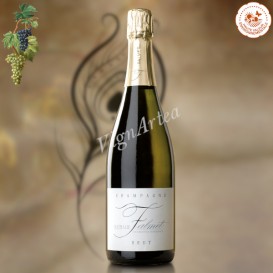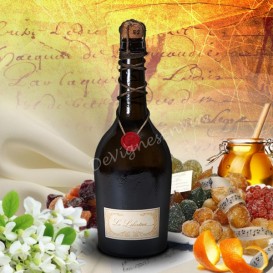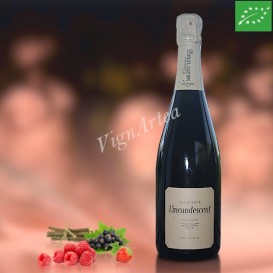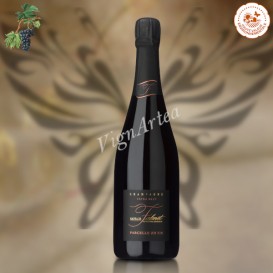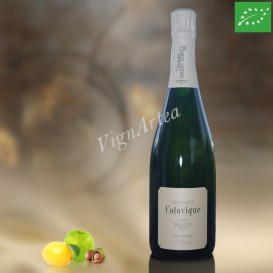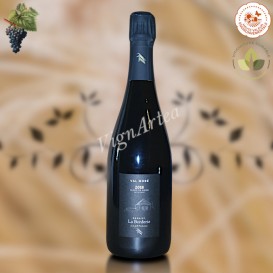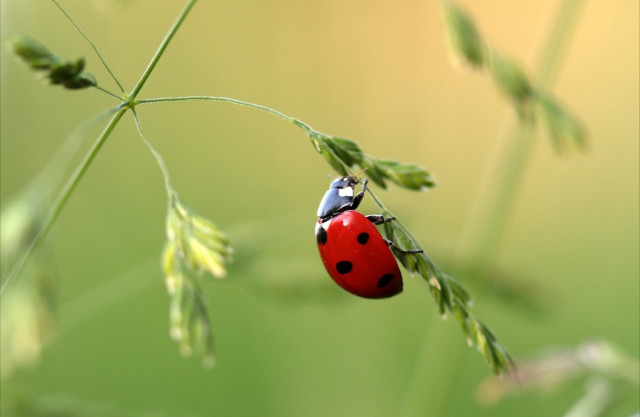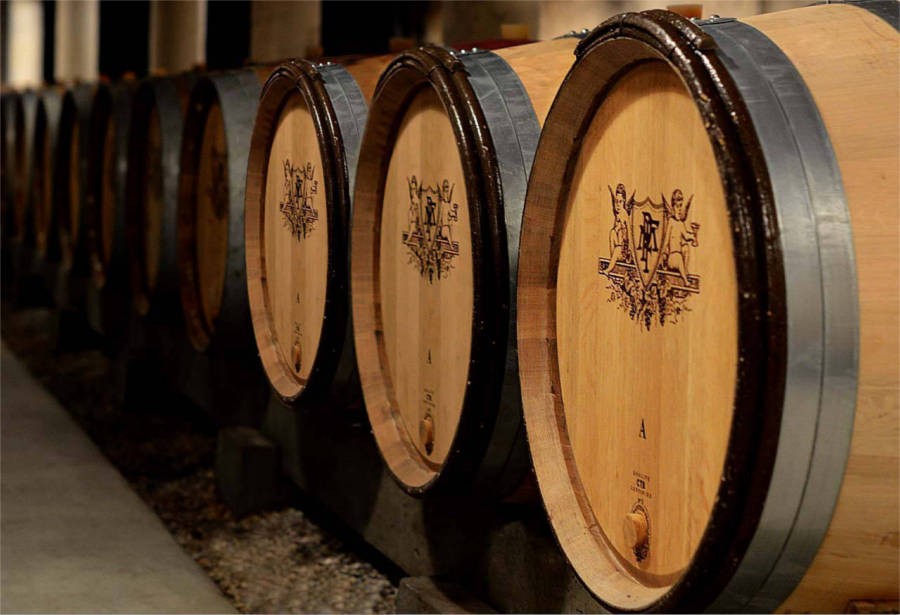SAINT-JOSEPH LYSERAS 2021 (Yves CUILLERON)
RHÔNE VALLEY - AOP SAINT-JOSEPH - DRY WHITE WINE
Grape varieties: Marsanne (50%) - Roussanne (50%)
Native yeasts DIAM10® cork
Ageing on fine lees for 9 months in oak barrels
- Nose: fresh and floral. Slight toasted notes opening on white flowers, pear and white grapefruit scents.
- Palate: ample. Rich and tasty texture. Nice aromatic persistence in the finish.
- Tasting date: October 2022.
- OUR OPINION: it is the marsanne that expresses itself the most in this vintage which offers a more floral profile than its predecessor. This wine has a nice texture and I appreciate its long fresh finish supported by the roussanne. This vintage needs to be served slightly cooler than usual.
Other vintage available:
DESCRIPTION
The LYSÉRAS withe wine is both a blend of grape varieties and plots. The grape varieties making up LYSÉRAS are the marsanne and the roussanne vines, represented in equivalent proportions.
The plots are located in the villages of Chavanay and Saint-Pierre-de-Boeuf whose soils are mostly granitic and sometimes sandy.
TERROIR
The plots of Chavanay and Saint-Pierre-de-Boeuf are based on two types of soil :
- a granite soil, composed of an alternation of granite with biotite (black mica), granite with muscovite (white mica) and dark anatexia with cordierite.
These three rock types, whose mineral composition differs, were formed around 300 million years ago by fusion of the earth's crust due to a low pressure metamorphism.
These granite rocks, very hard after their formation, cracked under the action of runoff water which caused them to burst by freezing in winter. It is through these cracks that the vine enters the rock and plunges its roots into it to recover water and nutrients. - Aeolian, siliceous and calcareous loess soil, which forms a loose and sandy ground and whose sedimentation took place during the Würmian glaciations, in the Quaternary, two million years ago, when the strong winds tore off fine clay-limestone particles from the ice caps. These soils are more fertile than the granite soils.
WINEGROWING & WINEMAKING
The grapes are harvested and sorted manually. The vinification is done plot by plot. The grapes are pressed and then settled.
Alcoholic fermentation takes place in oak barrels and in casks, it starts spontaneously with the native yeasts, before giving way to malolactic fermentation.
The wine is then matured for 9 months on its fine lees, which are regularly stirred. When bottling, the wines are corked with a DIAM10® cork stopper ensuring the absence of TCA contamination (or cork taste).
| Country | Rhône Valley |
| Color | White |
| Clay amphorae wines | No |
| Type | Dry |
| Vintage | 2021 |
| Capacity | 75 cl |
| Variety | Marsanne (50%), Roussanne (50%). |
| Main Grape Variety(ies) | Roussanne, Marsanne |
| Alcohol rate | 12 % |
| Quality Designation | Saint-Joseph |
| Cellar Potential | 6 years. |
| Service advise | 12°C (54°F). Open 1/2 hr before the service. |
| Culture Methods | Sustainable cultivation method |
| Fining | No |
| Filtering | Yes |
| Comments | Manual harvest. Pressing, alcoholic and malolactic fermentations in oak barrels. Lees Ageing for 9 months in barrels with regular stirring. |
| Stopper | Diam |

